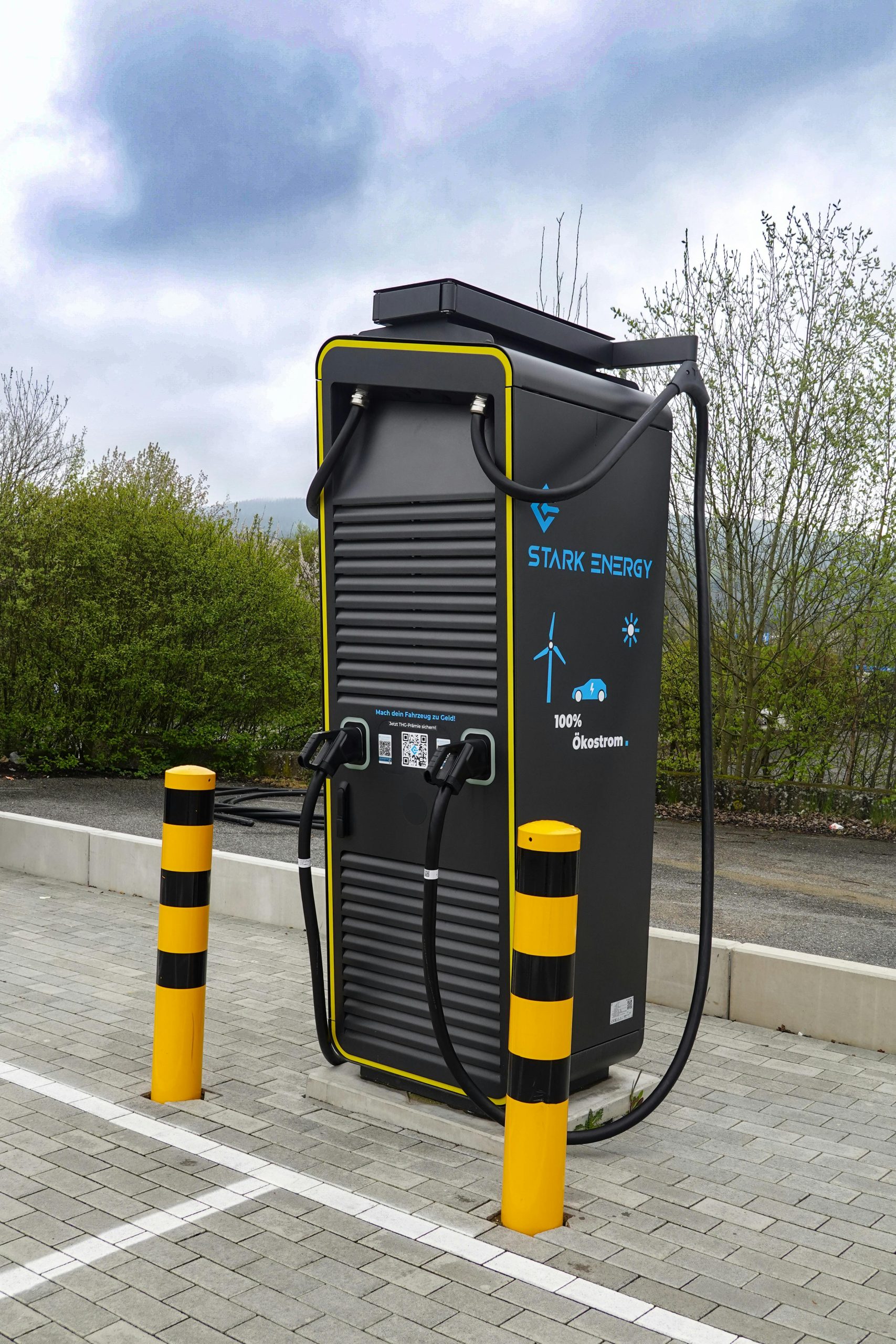The world is at a pivotal moment in the transition to renewable energy. As climate change accelerates and fossil fuel reserves dwindle, the need for sustainable solutions has never been more urgent. Among the most promising advancements are smart grids and solar innovations, which are reshaping how we generate, distribute, and consume energy. These technologies not only enhance efficiency but also pave the way for a cleaner, more resilient energy future. This article explores the breakthroughs in smart grids and solar power, revealing how they are transforming the renewable energy landscape.
The Rise of Smart Grids: Revolutionizing Energy Distribution
Smart grids represent a quantum leap in energy infrastructure. Unlike traditional grids, which operate on a one-way flow of electricity, smart grids use digital technology to create a dynamic, two-way communication network between utilities and consumers. This allows for real-time monitoring and adjustments, reducing waste and improving reliability.
Key Benefits of Smart Grids
- Enhanced Efficiency: Smart grids optimize energy distribution, minimizing losses and reducing costs.
- Integration of Renewables: They seamlessly incorporate solar, wind, and other renewables into the grid.
- Resilience: Self-healing capabilities detect and respond to outages faster, ensuring uninterrupted power.
- Consumer Empowerment: Users gain insights into their energy usage, enabling smarter consumption choices.
Countries like Germany and the U.S. are already deploying smart grids, demonstrating their potential to support a sustainable energy future. As technology advances, these grids will become even more intelligent, integrating artificial intelligence (AI) and machine learning to predict demand and optimize performance.
Solar Innovations: Beyond Traditional Panels
Solar energy has long been a cornerstone of renewable power, but recent breakthroughs are taking it to new heights. From ultra-efficient photovoltaic cells to transparent solar panels, innovation is driving solar technology forward at an unprecedented pace.
Cutting-Edge Solar Technologies
- Perovskite Solar Cells: These next-generation cells offer higher efficiency and lower production costs than traditional silicon panels.
- Bifacial Panels: Capturing sunlight on both sides, these panels generate more power in the same footprint.
- Solar Skins: Customizable designs blend solar panels seamlessly into rooftops and facades.
- Floating Solar Farms: Installed on water bodies, these systems save land space and reduce evaporation.
These innovations are making solar energy more accessible and versatile, enabling installations in urban environments, remote areas, and even on vehicles. As costs continue to fall, solar power is poised to dominate the global energy mix.
The Synergy Between Smart Grids and Solar Power
Smart grids and solar energy are a match made in sustainability heaven. Together, they create a robust, flexible energy system capable of meeting modern demands. Smart grids manage the intermittent nature of solar power, storing excess energy during peak production and redistributing it when needed.
How They Work Together
- Demand Response: Smart grids adjust energy flow based on real-time solar generation and consumption patterns.
- Energy Storage: Advanced batteries store surplus solar energy for use during cloudy days or nighttime.
- Decentralized Power: Homes and businesses with solar panels become micro-generators, feeding energy back into the grid.
This synergy not only maximizes renewable energy use but also reduces reliance on fossil fuels, cutting greenhouse gas emissions and fostering energy independence.
Challenges and the Path Forward
Despite their promise, smart grids and solar innovations face hurdles. High upfront costs, regulatory barriers, and technological limitations can slow adoption. However, governments, businesses, and researchers are collaborating to overcome these challenges.
Solutions for a Sustainable Future
- Policy Support: Incentives like tax credits and subsidies can accelerate deployment.
- Public-Private Partnerships: Collaboration fosters innovation and infrastructure development.
- Consumer Education: Raising awareness about benefits encourages widespread adoption.
With continued investment and innovation, smart grids and solar breakthroughs will play a central role in achieving global renewable energy targets.
Conclusion
The future of renewable energy is bright, thanks to the transformative potential of smart grids and solar innovations. These technologies are not just incremental improvements—they represent a fundamental shift in how we produce and consume energy. By embracing these advancements, we can build a sustainable, resilient energy system that powers our world without compromising the planet. The journey has begun, and the possibilities are limitless.
